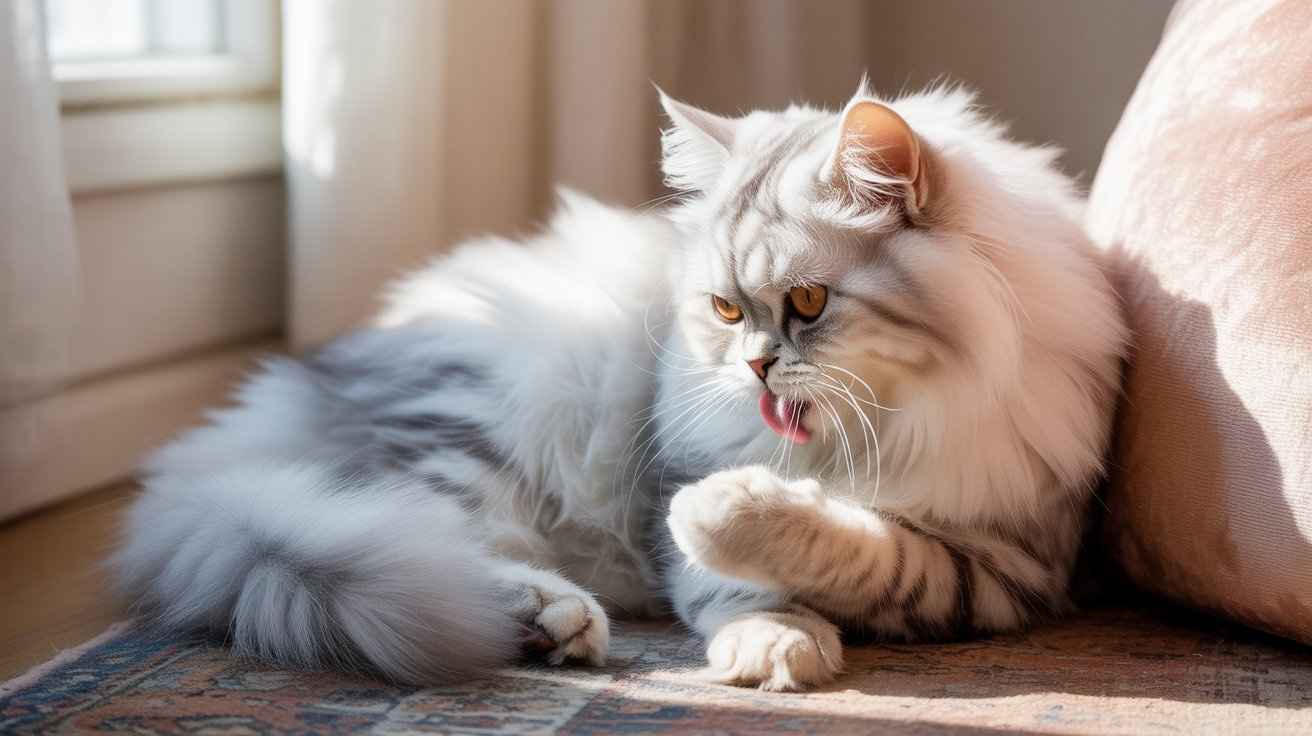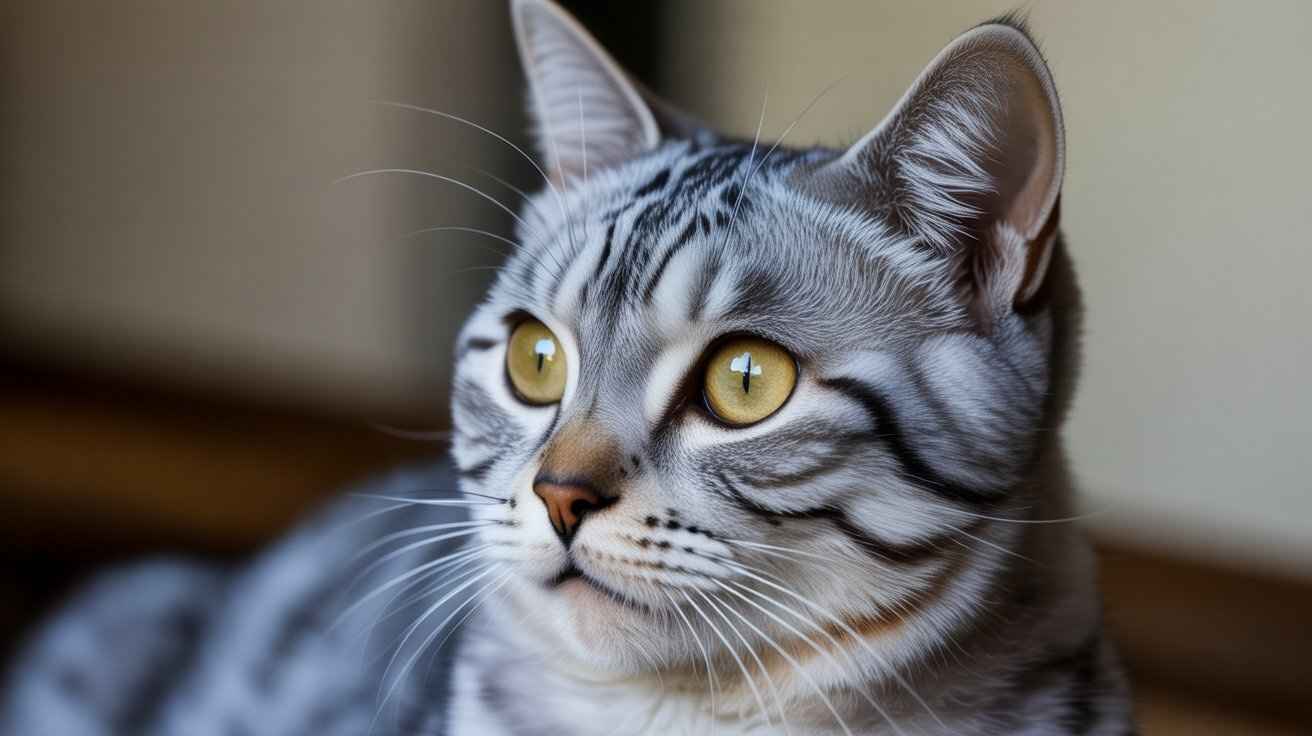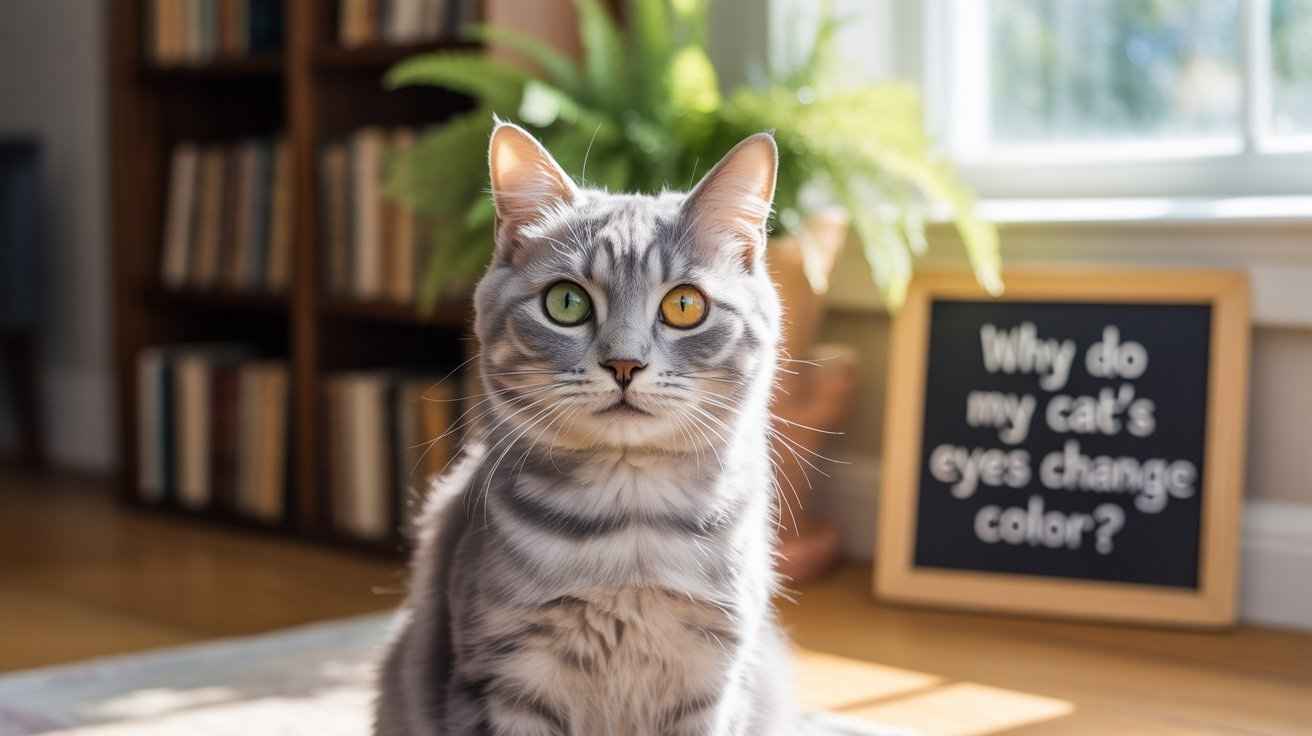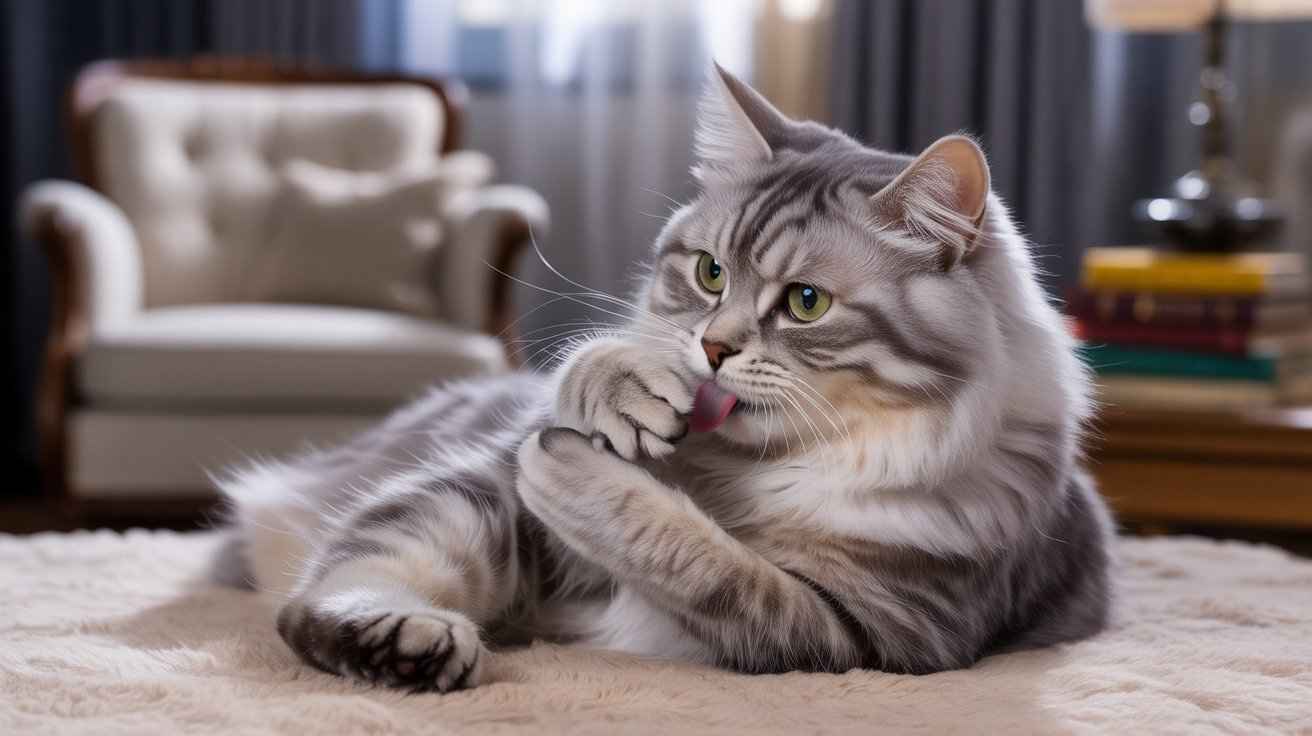Why cats bite themselves while grooming: 7 shocking reasons: 1. Stress 2. Fleas 3. Allergies 4. Anxiety 5. Skin irritation 6. Pain 7. Overgrooming.
Why Cats Bite Themselves While Grooming
Cats love to stay clean. They spend hours licking their fur to remove dirt and keep their coat shiny.
A little nibbling or biting during grooming is normal — it helps them remove tangles or fleas.
However, if your cat frequently bites itself, leaves bald spots, or causes skin irritation, it may be a sign of a problem. Below are 7 simple reasons why cats bite themselves while grooming and what you can do to help.
Is It Normal or a Problem?
Some biting while grooming is regular. It helps cats clean deeper. But when your cat bites too often, too hard, or in the same spot, it’s not normal.
You may notice hair loss, red patches, or wounds. This is usually caused by fleas, allergies, pain, or stress.
7 Reasons Cats Bite Themselves While Grooming
| Reason | Why It Happens | What You’ll See |
|---|---|---|
| 1. Fleas or Parasites | Itchy bites make cats chew and scratch | Red bumps, scabs, biting tail or back |
| 2. Allergies | Food or dust causes skin itchiness | Itching face, belly, or legs |
| 3. Pain or Injury | Cat bites where it hurts | Chewing one area, limping |
| 4. Skin Infection | Bacteria or yeast cause irritation | Red skin, bad smell, swelling |
| 5. Stress or Anxiety | The Cat overgrooms to calm down | Bald spots, constant licking |
| 6. Boredom | No activity makes a cat groom too much | Thin fur, no skin redness |
| 7. Medical Problems | Hormones or nerve issues | Biting continues even after treatment |
1. Fleas or Parasites
Fleas are the most common reason. Even one flea bite can cause intense itching and lead your cat to bite its own skin. You might see scabs or red spots near the tail or legs.
What to do:
- Use monthly flea prevention from your vet
- Clean your cat’s bed and house
- Use flea spray or shampoo if advised
Even indoor cats can get fleas, so regular prevention is essential.
2. Allergies
Cats can be allergic to various substances, including food, dust, pollen, and cleaning products.
Allergies cause the skin to become red and itchy, leading to excessive biting and licking.
What to do:
- Try an allergy-friendly diet
- Ask your vet about allergy tests
- Use vet-approved creams or shampoos
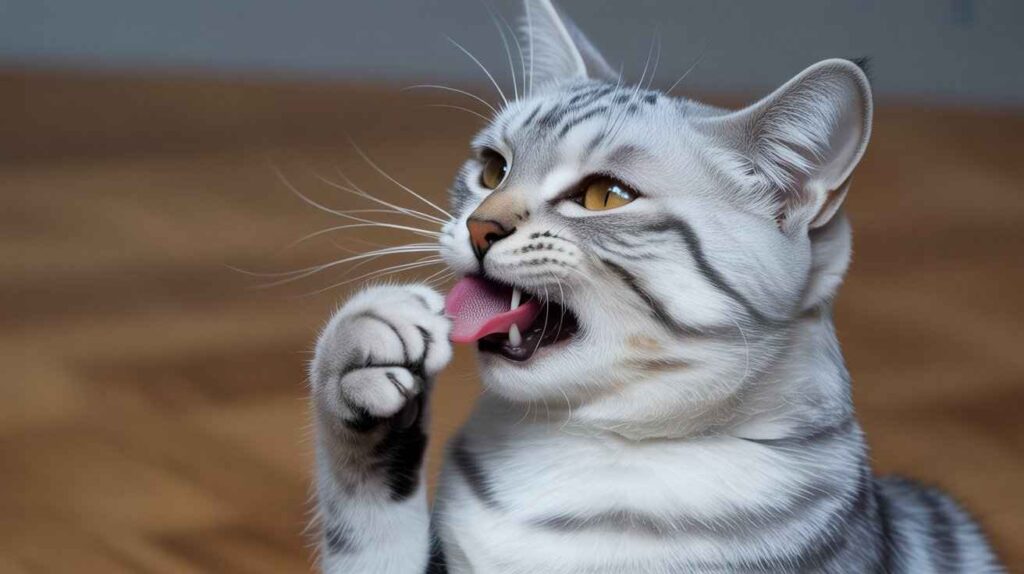
Once you identify the cause of the allergy, your cat will feel better quickly.
3. Pain or Injury
Sometimes, cats bite an area that hurts — maybe from arthritis, a wound, or a sore muscle.
If the biting is limited to one spot, it may be a pain-related issue.
What to do:
Have your cat examined by a veterinarian to rule out health issues. Once the pain is treated, the biting usually stops.
4. Skin Infections
Excessive scratching or licking can lead to skin infections.
Bacteria or yeast can enter the skin, causing it to become red, smelly, or swollen.
What to do:
- Clean the area
- Ask your vet for antibiotics or antifungal creams
- Use a cone (E-collar) to stop your cat from biting more
Early treatment prevents deeper infection.
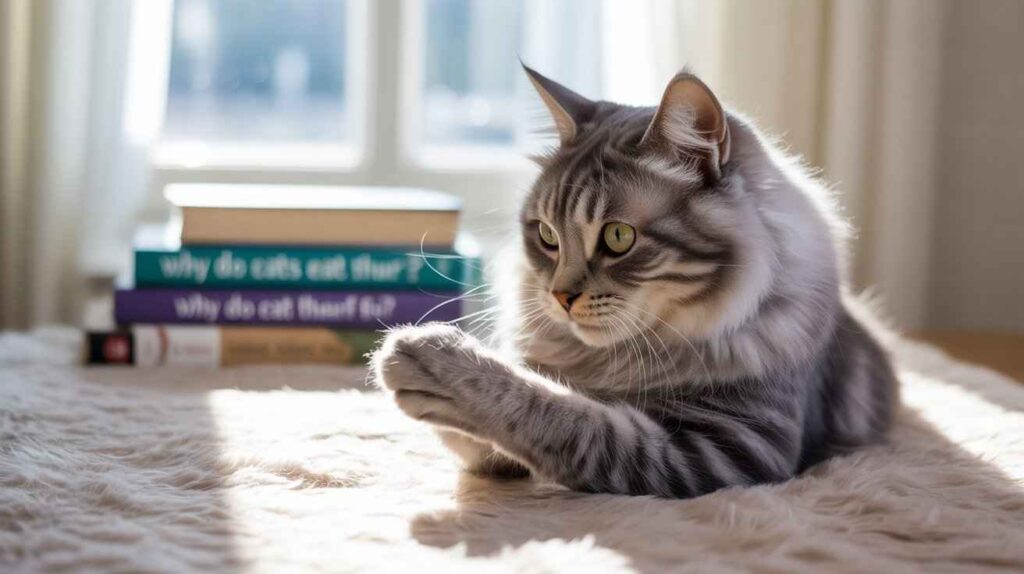
5. Stress or Anxiety
Cats sometimes lick or bite themselves when stressed — just like humans bite their nails.
Changes like new pets, loud sounds, or moving homes can cause anxiety.
What to do:
- Keep your cat’s routine stable
- Give them quiet, safe spaces
- Use pheromone sprays or diffusers
- Spend time playing daily
If it continues, your vet might recommend behaviour therapy.
6. Boredom
Cats need daily play and mental stimulation.
If they’re bored, they may groom too much out of habit.
What to do:
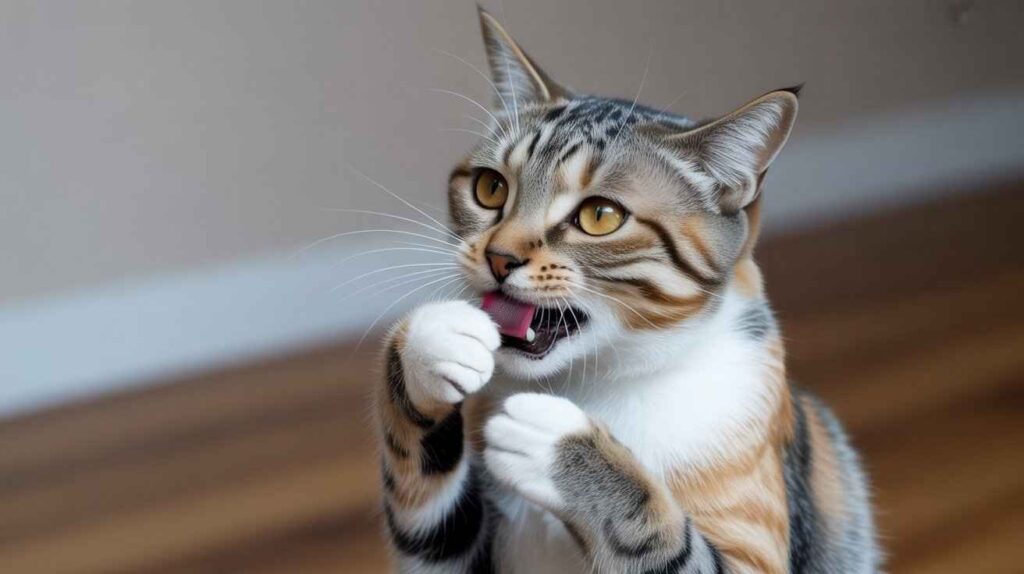
- Add climbing posts and puzzle toys
- Play with your cat every day
- Give scratching posts or window perches
Healthy cats are typically those that remain active and engaged.
7. Medical Problems
Sometimes, health problems such as hormone imbalances or nerve pain can cause overgrooming.
If your cat continues to bite even after you’ve ruled out fleas and allergies, the cause may be internal.
What to do:
- Ask your vet for blood tests or scans
- Follow the prescribed treatment plan
These cases are rare but need medical care.
How Vets Find the Cause
Vets will check your cat’s skin, fur, and health history.
They may do tests such as:
- Flea and parasite check
- Allergy or food tests
- Skin culture for bacteria or yeast
- Blood tests for hormones or pain issues
This helps identify the underlying cause and provides your cat with fast relief.
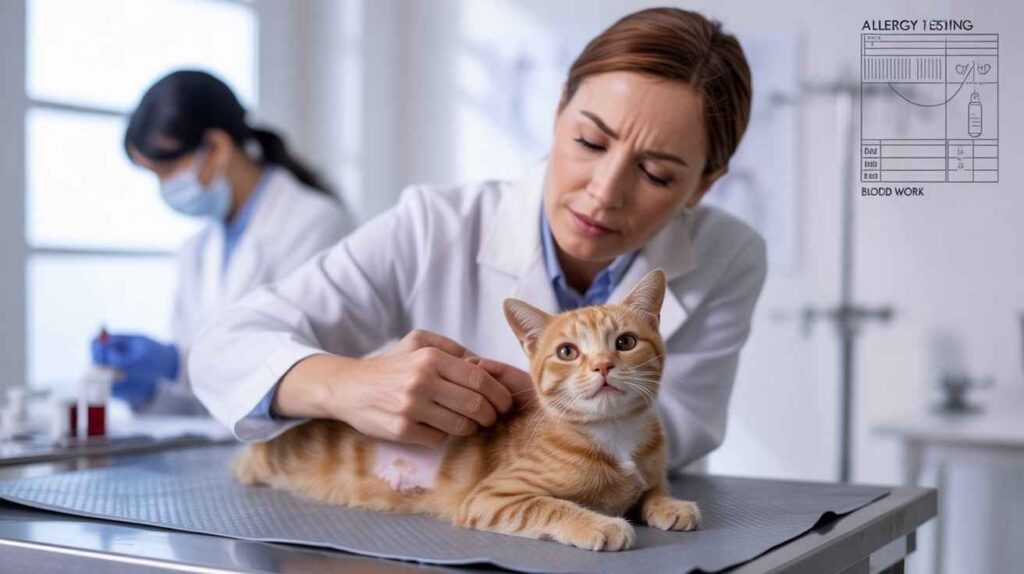
Treatment and Home Care
Once the cause is known, treatment becomes simple:
- Fleas: Monthly flea medicine and cleaning
- Allergies: Food change or allergy treatment
- Pain: Pain relief medicine
- Infection: Antibiotics or antifungal creams
- Stress: Calming environment and daily play
- Boredom: Toys and activities
Using a protective collar can help stop further biting while the skin heals.
When to Visit a Vet
Go to your vet if your cat shows:
- Open wounds or bleeding
- Hair loss or bald spots
- Redness or swelling
- Bad skin smell
- Signs of pain or sadness
Early intervention can prevent more significant problems and keep your cat comfortable.
Prevention Tips
Give monthly flea treatment
Feed good quality, balanced food
Keep your cat active and happy
Provide scratching posts and toys
Visit your vet regularly
Healthy cats groom normally and don’t harm their skin.
FAQs
Q1. Why does my cat bite itself while grooming?
It can be due to fleas, allergies, pain, or stress.
Q2. Can one flea cause all this?
Yes, even one flea can cause cats to itch and bite excessively.
Q3. How can I tell if my cat is over-grooming?
Look for bald spots, redness, or chewing in one area.
Q4. Can stress make cats bite themselves?
Yes, cats groom themselves to feel calm when they are anxious.
Q5. Will this stop on its own?
Not usually. You’ll need to treat the cause first.
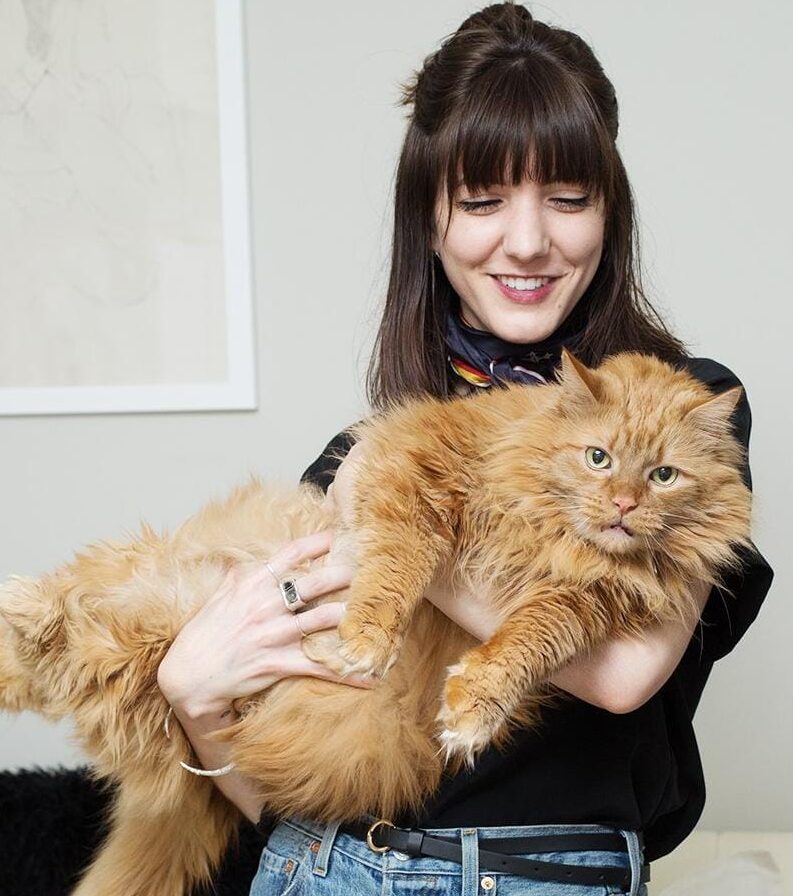
Hi, I’m Sana Sajid!I’m the voice behind CatsCare.blog, sharing my 10+ years of hands-on cat care experience. With a diploma in animal care, I offer practical tips, trusted advice, and easy-to-follow guides to help keep your cats healthy and happy.
When I’m not writing, I spend time with my own cats or exploring the latest developments in feline health. Follow CatsCare.blog for expert insights and real cat stories!

